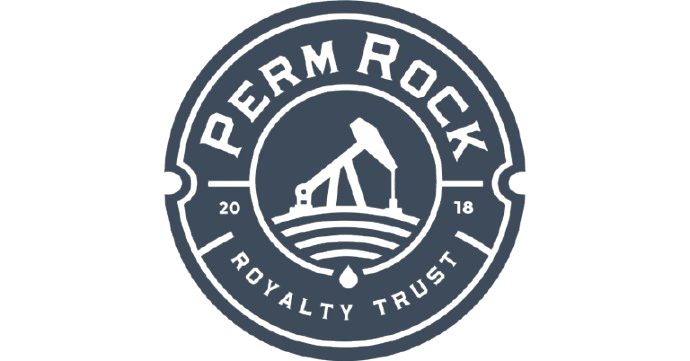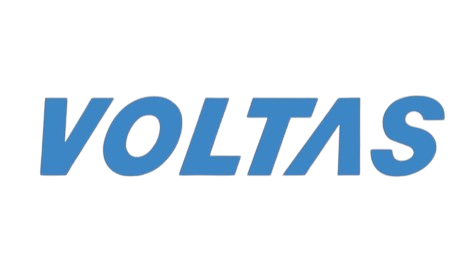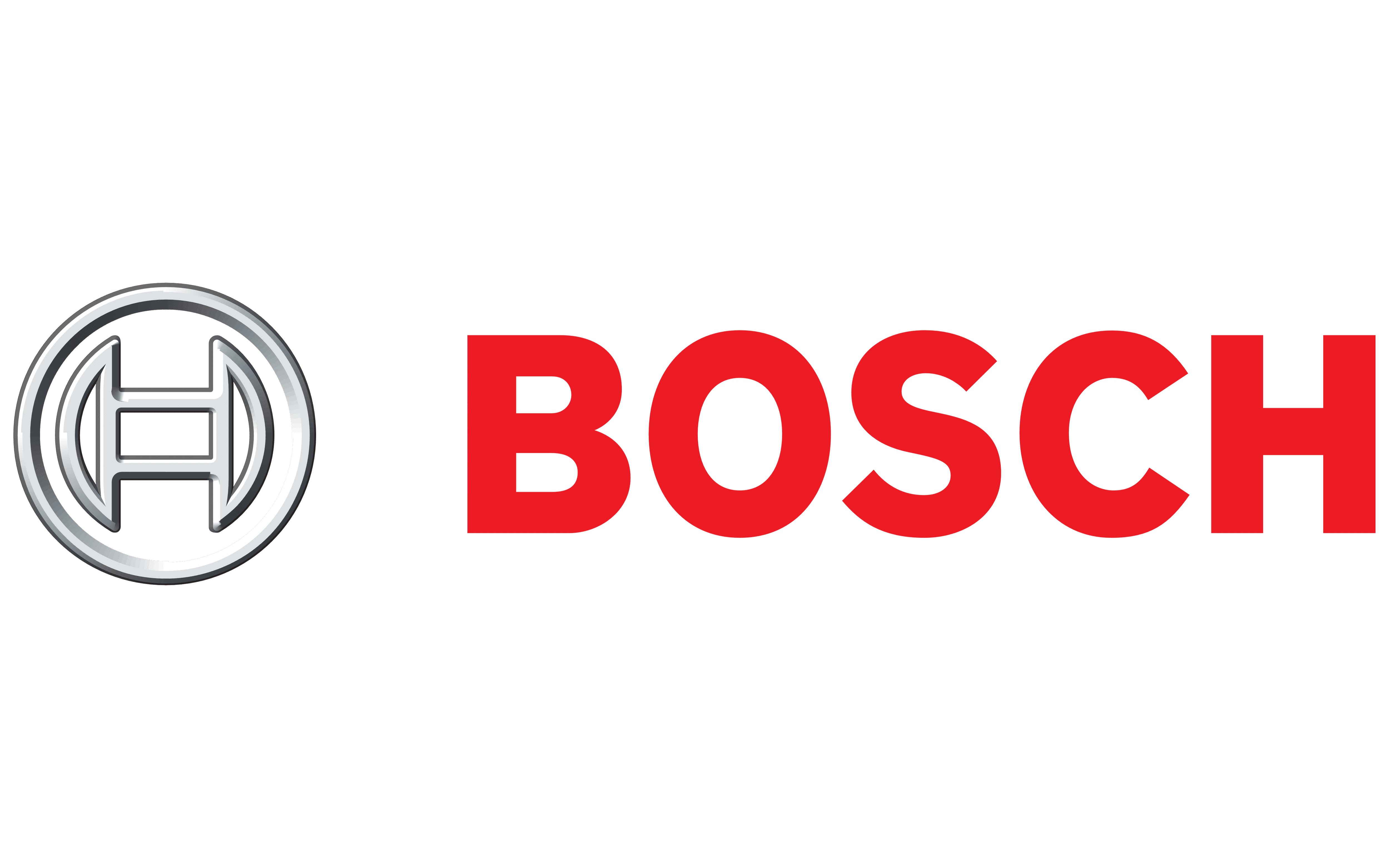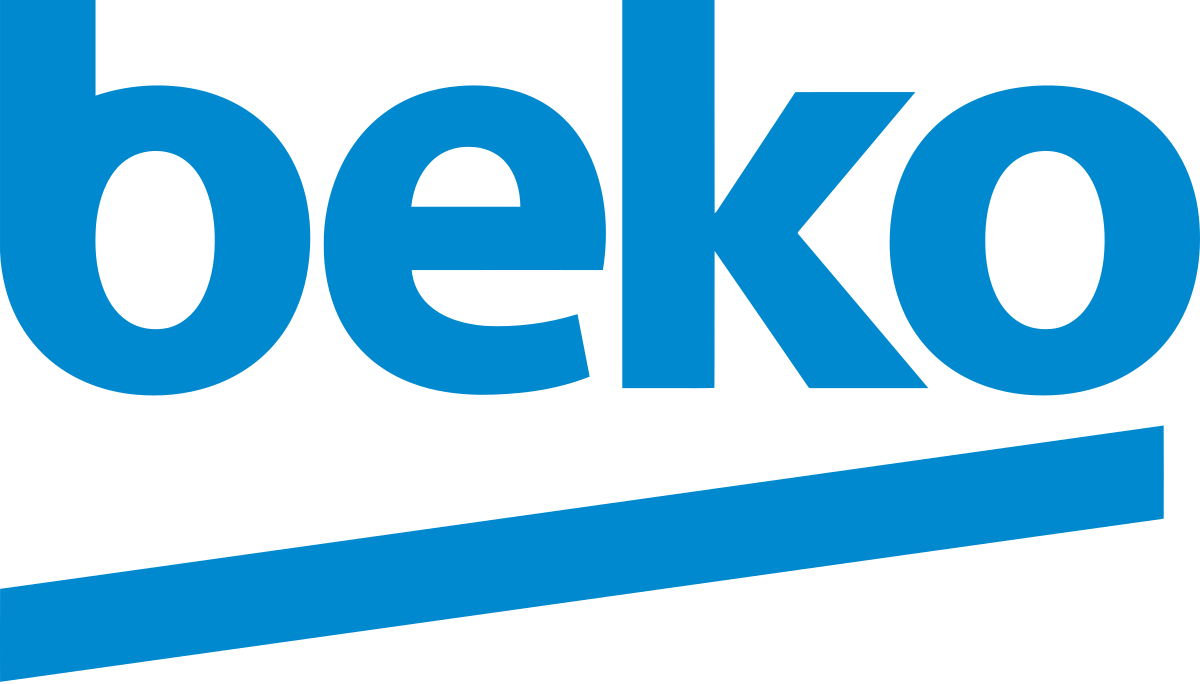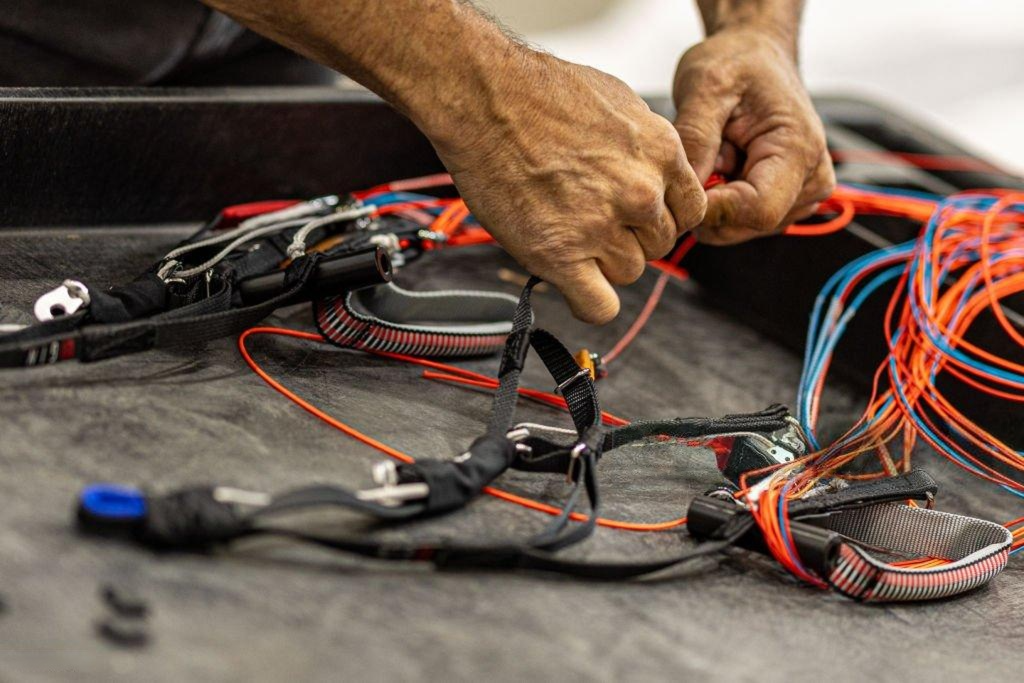
Are You Still Testing Harnesses Manually? Here’s What You’re Missing
In manufacturing, every connection matters. Especially when you're building automotive EV systems, medical devices, aerospace avionics, or industrial automation controls—systems where wiring harnesses are not just passive components, but critical infrastructure.
Yet, in 2025, many manufacturers still rely on outdated manual wiring harness testing techniques—using multimeters, buzzers, or basic visual checks. While this may suffice for hobby kits or basic consumer products, in high-stakes industries, manual testing is not just outdated—it’s a liability.
At Celestix Industries, we’ve seen firsthand how this gap in testing leads to reliability issues, poor compliance, and lost efficiency. This blog is a reality check: if you're still testing wiring harnesses manually, here's exactly what you're missing—and how wiring harness testing automation redefines quality, speed, and traceability.
1. Manual Testing in Context: How Did We Get Here?
Manual testing evolved in an era when harnesses were simpler, systems were analog, and design margins were broader. But today's environment is very different:
Wiring harness complexity has increased by over 200% in the last decade.
Safety-critical applications now dominate demand—from ADAS in vehicles to life-saving equipment in hospitals.
Global compliance mandates such as AS9100, ISO 16750-4, and IPC/WHMA-A-620 testing standards are stricter and more data-driven than ever before.
In this new paradigm, manual wiring harness testing issues include subjectivity, inefficiency, and a lack of documentation. Even if your operators are experienced, even if your failure rates seem acceptable, manual testing creates a blind spot you can no longer afford.
Furthermore, industries like aerospace and automotive are demanding more from suppliers. Wiring harnesses must withstand extreme conditions—high vibration, temperature fluctuations, salt spray, moisture, and electromagnetic interference. These demands necessitate automated systems capable of executing repeatable, high-voltage, multi-point tests.
2. The Illusion of “Good Enough”: Why Manual Testing Fails Modern Demands
Manual methods rely on human eyes, hands, and memory—all of which are variable, limited, and prone to error.
2.1 Common Manual Testing Shortcomings:
Missed Connections
Subjectivity in Visual Checks
Inconsistent Electrical Testing
No Data Trail
Lack of Scalability
Incompatibility with Compliance Standards
Additionally, manual testing cannot consistently perform high-voltage stress tests or insulation resistance validation, which are essential for today’s high-current and high-voltage harnesses used in EV battery systems and aerospace power distribution.
3. The Engineer’s Perspective: What True Testing Should Look Like
Environmental Harness Testing Explained
True wiring harness quality control requires more than continuity checks. It must include:
Electrical continuity testing harness
Insulation resistance testing harness
Hipot testing wiring harness
Vibration testing the wiring harness
Thermal cycling harness testing
Environmental testing wiring harness (includes IP67, salt spray exposure, and fatigue resistance)
Pull testing and crimp quality testing harness analysis
Wiring harness failure mode prediction through accelerated life tests
Manual vs. Automated Testing
4. The Real Cost of Manual Testing: Engineering Risk + Business Loss
Manual testing exposes your operations to critical risks:
Unverified crimps → wiring harness failure modes
No records → compliance and liability issues
Slower cycle time → lost revenue
Missed defects → rework, warranty claims, or recall
There’s also the hidden cost of re-engineering and testing returned units, loss of customer confidence, and delays in production timelines when a test plan fails. These costs significantly outweigh the investment required for automated testing systems.
Companies still relying on manual methods cannot effectively implement wiring harness quality assurance, SPC, or traceability demanded by OEMs.
5. Automation at Celestix: Built-In, Not Bolted On
Our end-to-end automated wiring harness testing integrates:
CableEye automated testing (continuity + fault map)
Hipot, IR, and shield continuity
Pull test wiring harness checks
Environmental validation per ISO 16750-4, HALT, and HASS
Digital harness testing traceability linked to QA systems
We go beyond basic test coverage to include:
Custom fixture design to match your harness geometry
Auto-generated inspection reports with pass/fail thresholds
Batch-level SPC analysis for process improvements
Integration with MES/ERP systems for real-time data feedback
This results in:
Harness testing efficiency (test cycles <3 min)
Wiring harness testing time reduction (up to 70%)
Automated harness testing ROI via labor and scrap reduction
Peace of mind through high-reliability wiring harness testing
6. Custom Testing Solutions for Every Industry
We provide custom harness testing solutions across sectors:
Automotive harness testing solutions for EV and ICE platforms
Aerospace harness testing equipment for flight-certified wiring
Medical device harness testing for critical diagnostic and therapeutic use
Industrial wiring harness testing for control panels and automation systems
We support Siemens NX and EPLAN integrations to import netlists directly into our automated test equipment harness systems.
We also offer:
Quick-turn prototyping validation for new harness designs
Rework loop diagnostics for field returns
Mixed-signal and RF harness testing capabilities
7. 2025+ Outlook: The Business Case for Automation
7.1 Challenges in Manual Testing
Inability to scale
Inconsistent quality
Lack of process visibility
Difficulty proving compliance during audits
Delays in production ramp-up or PPAP approval
7.2 Benefits of Automated Harness Testing
Consistent, error-free testing across batches
Scalability to support 5x–6x production volume
OEM-preferred testing documentation
Data-driven insights for defect detection and quality improvement
Faster time-to-market through real-time process feedback
OEMs now require digital test reports as part of supplier qualification. Automation isn’t optional—it’s essential.
8. Celestix Advantage in Harness Testing Automation
What makes Celestix stand out in automation in harness manufacturing:
Certified under IPC/WHMA-A-620, IATF 16949, ISO 9001, ISO 14001, and ISO 45001
In-house advanced harness testing technology
Real-time wiring harness defect detection
Fast onboarding of new projects
Lab validation per industry standards (IP67, Salt Spray, Vibration, Thermal)
A dedicated engineering team to help define your testing specification
Support for automated test equipment harness configurations for global rollouts
9. Frequently Asked Questions (FAQs)
Q1: Is automated harness testing worth it for low-volume production?
Yes. Even in low-volume or prototype builds, automation ensures that quality issues are detected early—when they’re cheaper to fix.
Q2: Can Celestix integrate automated testing into our legacy systems?
Absolutely. We support integration with existing MES, ERP, and quality control systems.
Q3: How long does it take to transition from manual to automated testing?
Most implementations are complete in 2–4 weeks, including fixture development.
Q4: What certifications do your systems meet?
IPC/WHMA-A-620, ISO 16750-4, AS9100, ISO 9001, and other global compliance standards.
Q5: Do you offer post-deployment support?
Yes. Training, test program updates, remote support, and technical consulting are all part of our offering.
10. Looking Ahead: The Future of Harness Testing
The next decade will reshape harness testing through smart automation:
AI-assisted diagnostics that identify failure trends
Predictive analytics tied to manufacturing KPIs
Machine vision inspection for connector and label validation
Cloud-based test data for global traceability
Digital twin integration for fault simulation
Celestix is already preparing for this shift—ensuring our partners remain future-proof.
11. Make the Shift. Build Reliability Into Every Connection.
If you're still relying on manual testing, you're putting your operations at a competitive disadvantage. Now is the time to adopt a more intelligent, scalable, and data-driven approach to wiring harness validation.
Reach out to our engineering specialists to discuss:
Your current testing challenges
Customized automation opportunities
Integration with your existing systems
Contact our team today:
Email: info@celestixindustries.com
Quote Request: Request a Custom Testing Quote
Celestix delivers future-ready, high-precision, and compliance-driven automated harness testing solutions trusted by global OEMs and Tier-1 suppliers.
